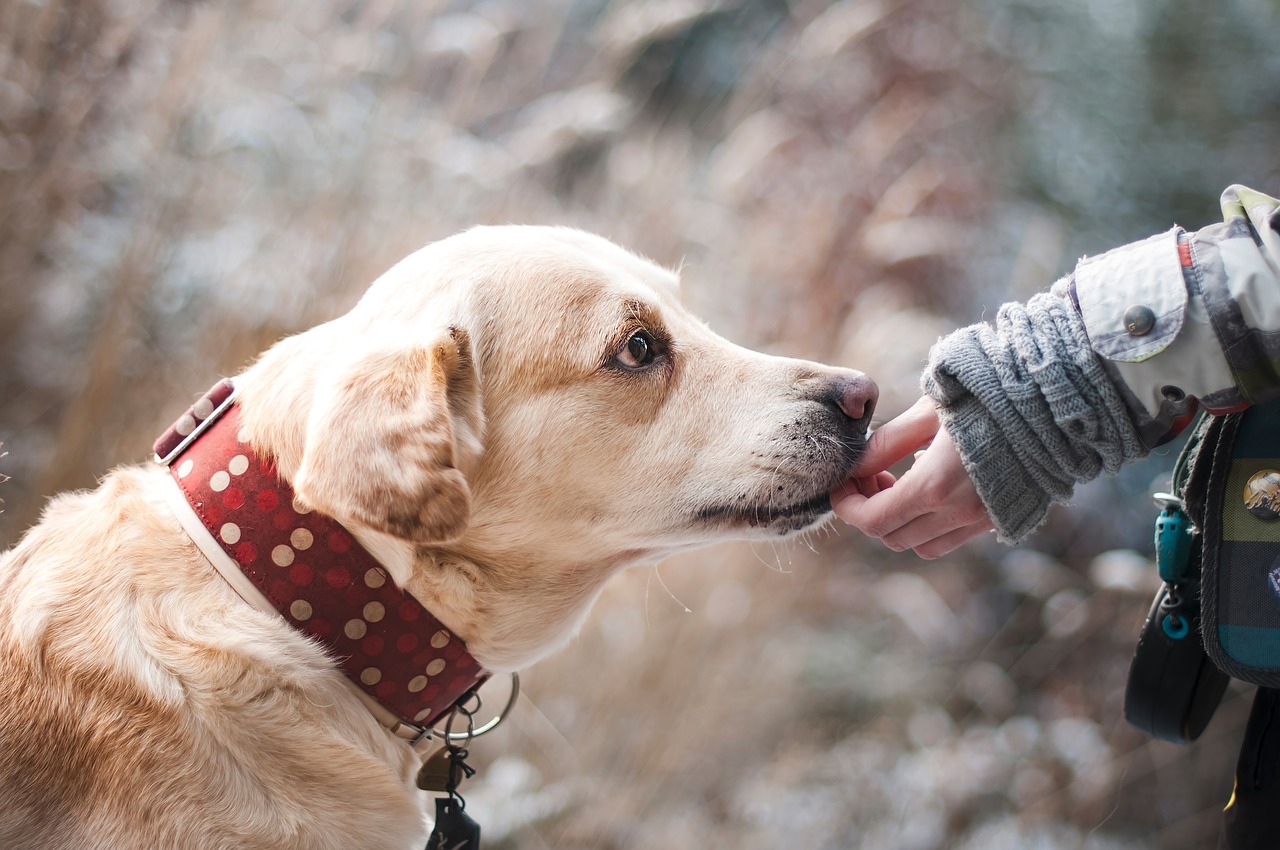First Guinea pig camp day. How splendid they are, the little Guinea pigs! Between three and eight weeks of age, they are curious, friendly and quick learners. They are so totally cute! (To put it in modern American English.)
The clip above, which I’m sure you watched as soon as you arrived at this page, is a quick iPhone recording to show you little Chupa-Chupa only two hours after the team started training it. It does not live up to the quality of the movies I usually show but bear with me. I just had to capture the moment and show it to you.
I must compliment Michael and Natalie for the brilliant job they have done imprinting and socializing the young Guinea pigs. Without it, we would have spent the whole day yesterday, and would spend most of today, habituating them to the environment, novel stimuli, humans, etc. As they are, the teams could teach them all the agility obstacles. This is the first time we have achieved it in one day, undoubtedly due to the perfect imprinting and socialization of the piggies.
Though this makes it much easier for the camp attendees to train the Guinea pigs, it also deprives them of the experience of going thru the laborious process of imprinting and socialization. Fortunately, we have a couple of older piggies, Michael and Natalie got later, for comparison.
I wished dog breeders knew more about these all relevant mechanisms in the formation of behavior. Imagine that all puppies were perfectly imprinted and socialized to the human world. I bet we would see a dramatic fall in problem behavior and wouldn’t that be splendid?
Imprinting describes any kind of phase-sensitive learning (learning occurring at a particular life stage) that is rapid and apparently independent of the consequences of behavior.
Imprinting affects subsequent social adjustment and sexual behavior among others. It occurs immediately after birth or early in life. Though critical for the future behavior of the animal, its preferences and aversions, the consequences of imprinting are not as rapid or as irreversible as Lorenz and the early ethologists thought.
Studies of wolf cubs show that although the period of imprinting is longer than in ducks, and most birds, it is just as important. Holding a wolf cub in our hands for three minutes a day in the first 10 days makes all the difference in its behavior towards humans later in life. The same applies to our domestic dogs, even if they are more flexible. The difference is that we have selected dogs for thousands of years for their sociability. They have probably many genes determining this trait, allowing imprinting for longer, or over several periods.
A sensitive period (or critical period) is a limited time in which an event can occur, usually resulting in some transformation. If the organism does not receive the appropriate stimulus during this time, it may be difficult, or even impossible, to develop some functions later in life.
Evidence suggests that there may be more than one type of a sensitive period. Recent studies point out that the critical phase for sexual imprinting occurs later than that for filial imprinting. Researchers discovered that learning components are more important than previously thought. There is evidence that cumulative learning entails the release of endorphins in the brain providing a comforting feedback and, thus, fixing the association.
As amazed as the camp attendees are with the speedy progress of their training (at the end of the first day, they have gone thru all agility obstacles, including weave poles), what left them flabbergasted today was the limited use of food treats and that we did not use training tools and gadgets at all.
This is training the ethology way, my preferred method of interacting with animals. We create a relationship of mutual trust and respect, with higher benefits than costs, leading by example, meeting the animal half-way, controlling ourselves rather than the animal.
Watch this space, my friends, I will tell you more tomorrow.
Featured image: Konrad Lorenz and his geese showing the effect of imprinting.



